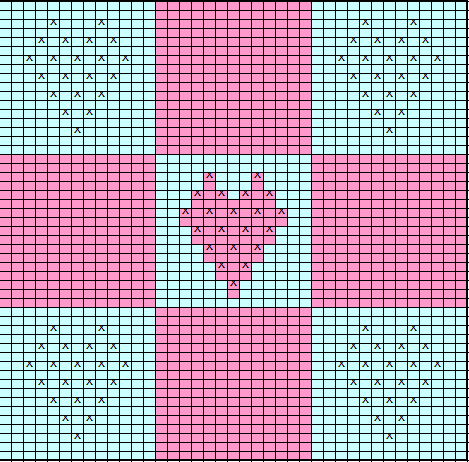Very simple but very tasty Steak and Ale Pie which will very comfortably feed at least 4 adults - Served to 3 generations of my family last weekend and well received. Clean plates all round!
It can be prepared in advance and reheated when required so there is no slaving in the kitchen when your guests arrive.
You will need
- A large frying pan
- A pie, pyrex or casserole dish
- 800g of diced braising steak
- 200g of smoked bacon/lardons
- Splash of olive oil
- 1 pack of chestnut mushrooms
- 2 large or 3 small onions
- Tablespoon of flour
- 200ml Beef stock
- 500ml Real ale (I used Rev James)
- Tomato puree
- Ready to roll, or pre rolled puff pastry
Let's do it!
- Slice the onions into small chunks and quarter the mushrooms
- Heat the oil in a large pan
- Seal the beef on all sides and then add the onions
- After the onions are starting to soften, add the bacon and mushrooms
- Instead of draining off the juices, add a heaped tablespoon of plain flour. This will suck up the juices and help make a thick delicious sauce
- Put your oven on to begin heating up to 180C
- Add half of your ale and wait for the head to die down!
- Make your stock and add this to the pan.
- Allow to simmer for a few minutes and then transfer to your pie dish.
- Put the pie dish in the oven uncovered and leave for an hour.
- After an hour, stir the pie mix and top up with the remaining ale
- Return the pie to the oven for an additional hour or two (stirring once or twice and turning the oven down if you are concerned your gravy is reducing or thickening too quickly)
-
At this point you can either let the pie cool, or go on to the next step.
- Take your pre-made pastry out of the fridge about 5-10 minutes before you want to start rolling/cooking it
- Cut the pastry to fit on your pie and decorate with a few extra cut offs (don't go over the top as this can weigh the pastry down and stop it rising. If you do have extra pastry, you can always cook this on a baking tray separately from the main pie.)
- If desired, brush with milk or egg so that the pastry will brown
- Return the pie to the oven for the final time, and cook at 200C for 30 minutes, allowing an additional 5 minutes if you are cooking your pie from chilled
Remove from oven and you're all done. Yum yum yum!

















































